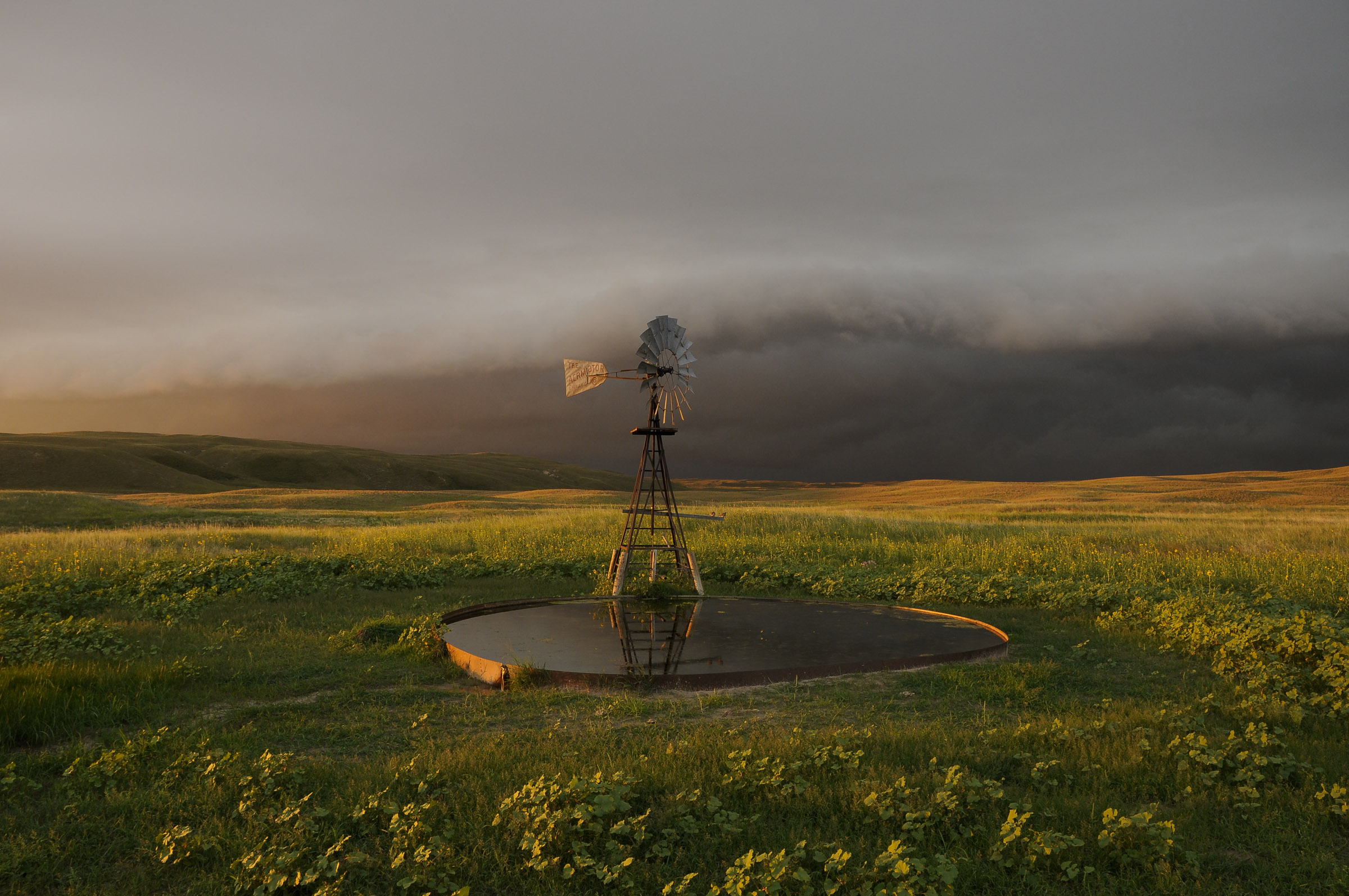2025 Gudmundsen Sandhills Laboratory Open House
Join the Gudmundsen Sandhills Laboratory for its annual open house on August 20 near Whitman, Nebraska!
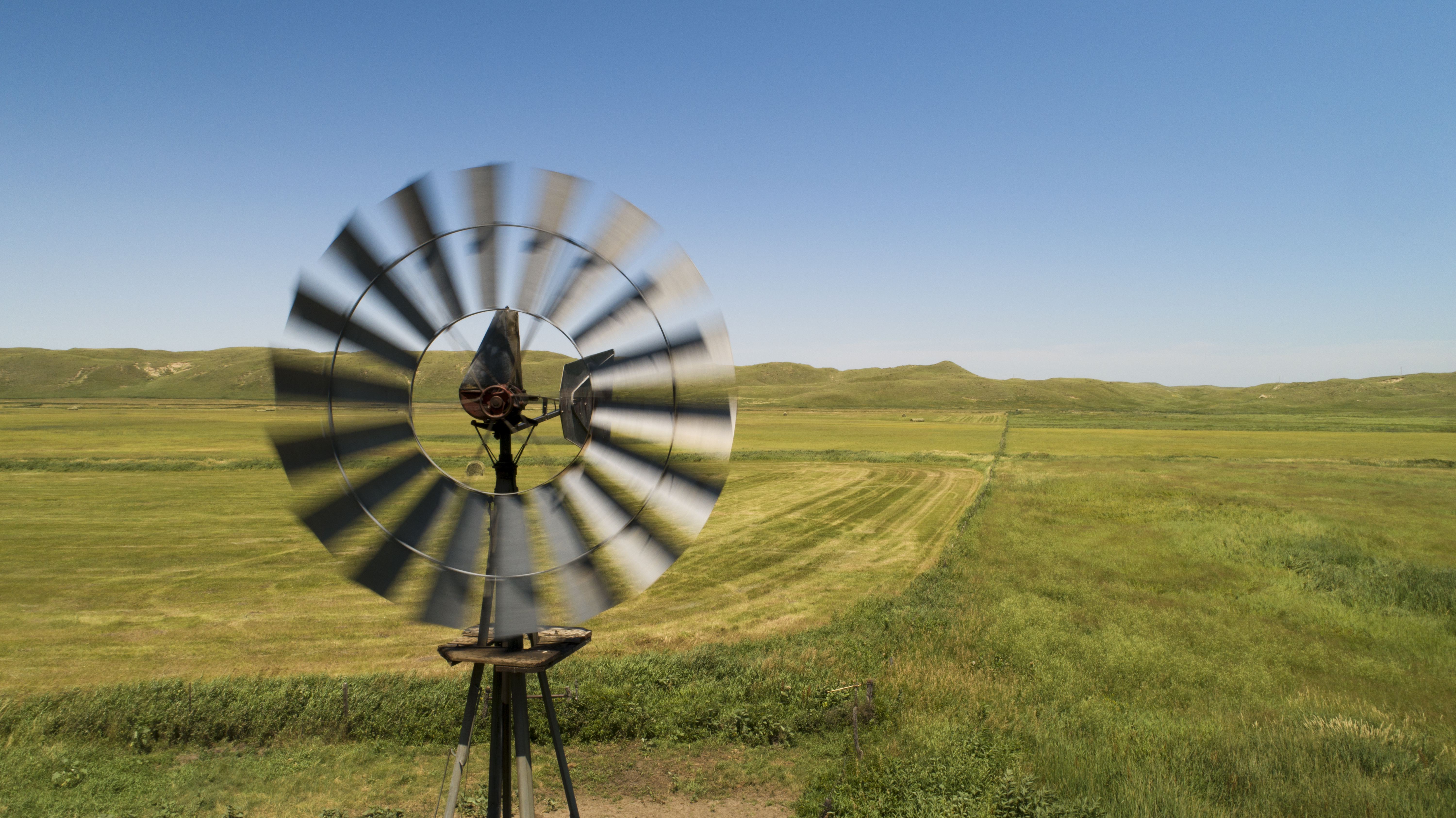
History of the Ranch
The Gudmundsen Sandhills Laboratory is located in the heart of the Nebraska Sandhills in Grant, Hooker and Cherry counties. In 1978, Elmer "Pete" and Abbie Gudmundsen gave the former Rafter C Ranch to the University of Nebraska Foundation. The University of Nebraska— Lincoln leased the ranch from the foundation in 1981. To transform the Rafter C Ranch to the Gudmundsen Sandhills Laboratory, many improvements were made to convert it to a research-oriented facility. During the first six years, approximately 17 miles of fence, 24 watering location, sorting pens, scales, a calving barn and a ranch home were added.
In 1989, an operations building containing space for the manager's office, equipment storage and a shop area for machinery maintenance was added. The dormitory and conference center were completed in 1995 to provide housing for students and researchers as well as a place to conduct year-round educational programs and to host groups interested in the research programs. In 2005, the Wagonhammer Education Center and Ray Bohy Conference Room were added to provide an area to accommodate larger groups and house offices for the manager and technicians. The education center also includes a sample preparation area equipped for processing plant, insect, soil and water samples as well as diet and extrusa samples collected from livestock.
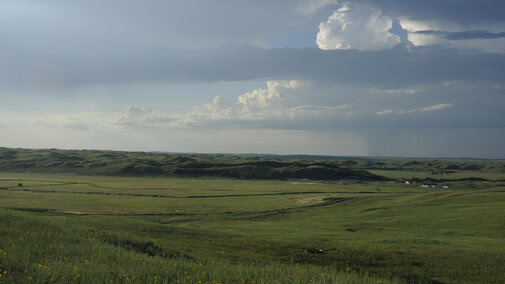
Ranch Resources
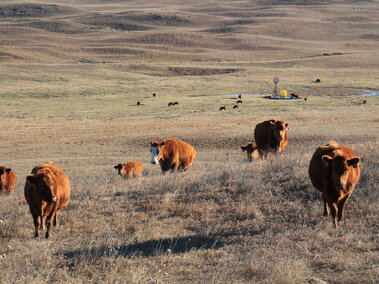
The Gudmundsen Sandhills Laboratory's herd consists of approximately 500 cattle, with 250 that are March-calving and 250 that are May-calving. About 70 heifers are retained every year as replacements for each herd. The ranch's herd was originally developed in 1981 from a group of 450 Angus x Hereford heifers and 200 Hereford x Angus x Simmental cows from the Sandhills Ag Lab near Tryon, Nebraska. From that time until 1999, the herd was exposed to MARC ll composite, that are 1/4 Hereford, 1/4 Angus, 1/4 Simmental and 1/4 Gelbvieh, bulls at the USDA Meat Animal Research Center at Clay Center, Nebraska. In 2000, the lab initiated the use of Husker Red Composite bulls, which includes Red Angus, Gelbvieh and Simmental, that were developed at the University of Nebraska— Lincoln by Jim Gosey. Today, Husker Red bulls, that are Simmental x Red Angus, from the teaching herd at the Eastern Nebraska Research, Extension and Education Center are still being used as the herd bulls.
The forage resources at the Gudmundsen Sandhills Laboratory include 1,200 acres of subirrigated and wetland meadows along with 11,600 acres of upland sandhills range that includes sands along with sandy and choppy sands range sites. Stocking rates for upland and subirrigated meadow are 0.6 and 3.5 AUM's/ acre, respectively.
Research Approach
Since the inception of the Gudmundsen Sandhills Laboratory, research and educational programs have become more ecologically diverse and team-oriented. Joint projects with animal, range, soil, veterinary, economics, entomology, geology, hydrology, forestry and wildlife have increased our understanding of the Sandhill's ecosystem. This has resulted in advances in range livestock nutrition, beef cattle reproduction, grazing systems, rangeland ecology, cost-effective cattle management, groundwater issues and wildlife management.
With the integration of ranch economics into many facets of the research, the Gudmundsen Sandhills Laboratory has become an integral part in developing plant and animal production systems that are economically and environmentally sustainable in the Sandhills of Nebraska.
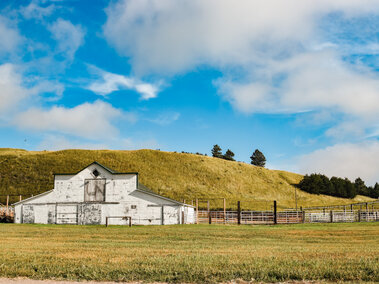
The Nebraska Ranch Practicum
The Nebraska Ranch Practicum is an educational program that offers hands-on learning experiences to participants and gives them the skills and education they need to be successful in today's ranching industry.
Learn more hereGSL Open House
The annual open house welcomes ranchers from the Nebraska Sandhills and beyond to learn more about the current updates and changes in the industry. Sessions from the 2024 open house are now available.
Watch hereThe GSL Researcher
The GSL Researcher is a biannual publication that updates ranchers, stakeholders and industry members of the current research at the Gudmundsen Sandhills Laboratory and of the latest updates in the industry.
Subscribe